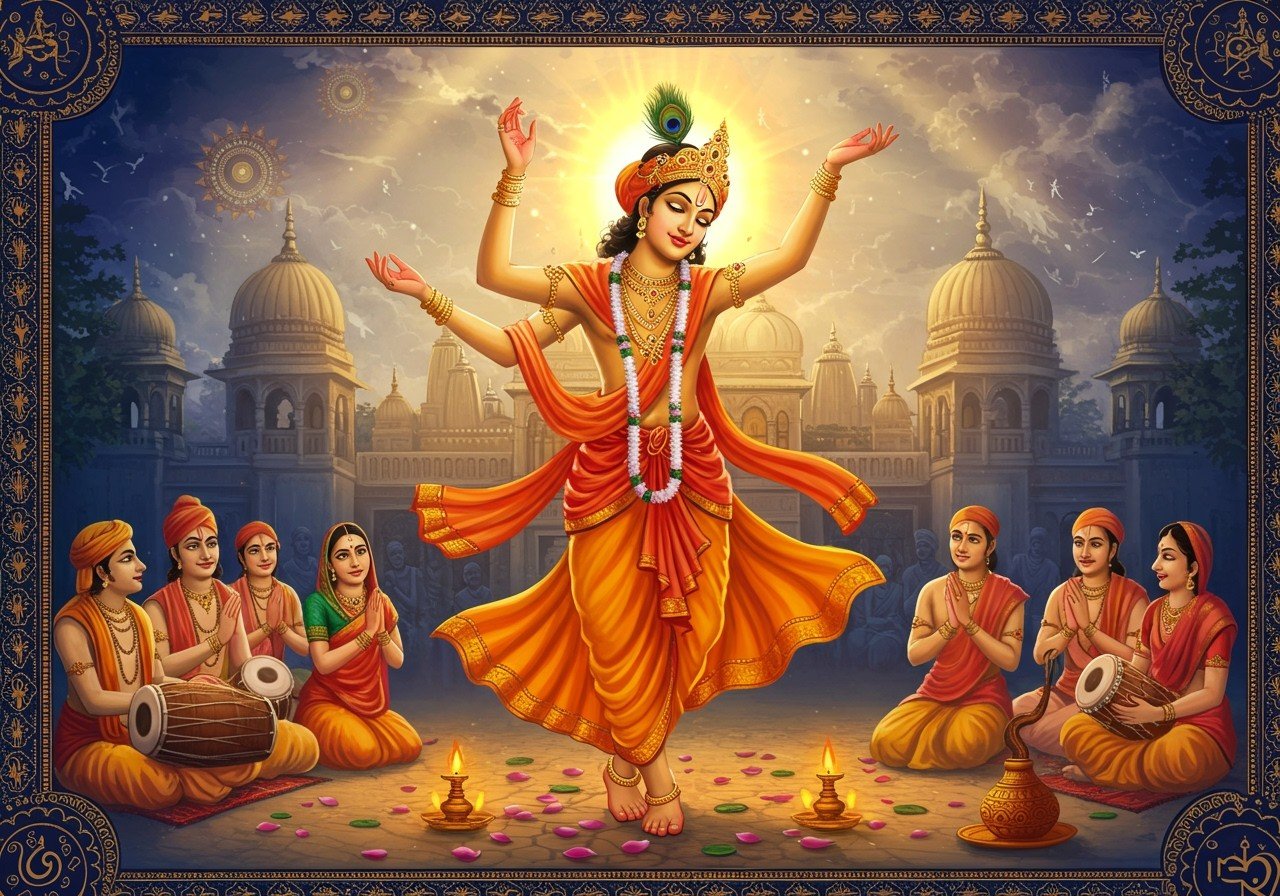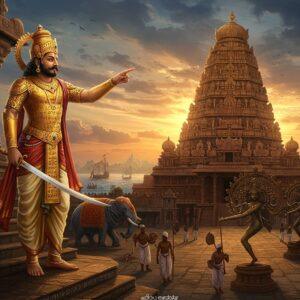
Gaudiya Vaishnavism, also known as Chaitanya Vaishnavism and Hare Krishna, is a vibrant branch of Hinduism centered around the devotion to Krishna. Originating in 16th-century Bengal, India with Chaitanya Mahaprabhu (1486-1534), this tradition emphasizes bhakti (devotional worship) as the path to spiritual realization. It draws from ancient scriptures like the Vedas, Upanishads, Puranas, Mahabharata (including the Bhagavad Gita), and offers a rich tapestry of beliefs and practices relevant even in 2025.
A Legacy of Devotion: Historical Overview
The roots of Gaudiya Vaishnavism trace back thousands of years, but the movement gained momentum with the arrival of Chaitanya Mahaprabhu. Revered by devotees as Krishna himself in the form of a devotee, he highlighted the importance of bhakti. He entrusted his followers, later known as the Six Goswamis of Vrindavan, with the task of systematizing and propagating his philosophy. Over the next three centuries, the tradition evolved and spread across Bengal and Orissa, fueled by the efforts of figures like Narottama, Srinivasa, and Shyamananda. The late 19th and early 20th centuries saw a Hindu renaissance in Bengal, with Gaudiya Vaishnavism influencing movements like the Gaudiya Math and the International Society for Krishna Consciousness (ISKCON), expanding its global reach.
Core Beliefs of Gaudiya Vaishnavism
- Krishna as the Supreme God: Gaudiya Vaishnavism identifies Krishna as the Svayam Bhagavan, the original source of all divine incarnations. This distinguishes the tradition within the broader Vaishnava framework.
- Radha-Krishna: Central to the tradition is the worship of Radha and Krishna together, representing the divine couple and the pinnacle of devotional love. Radha embodies Krishna’s internal potency and is his supreme beloved. Their divine love story serves as an inspiration for devotees.
- The Power of Bhakti: Bhakti yoga, or the path of devotion, is the cornerstone of Gaudiya Vaishnavism. It encompasses chanting, singing, dancing, and selfless service to the deity. The Hare Krishna mantra holds particular significance. Explore the Bhagavad Gita, a key text for understanding Bhakti, on poojn.in.
- Achintya Bheda Abheda: This philosophy of “inconceivable oneness and difference” describes the complex relationship between Krishna and his creation. It signifies that Krishna is simultaneously one with and distinct from his creations.
- Guidance of the Guru: The role of a spiritual teacher, or guru, is vital for guidance and fostering a deep connection with Krishna. The guru provides instruction, initiates disciples and helps them navigate their spiritual journey.
- The Illusion of Maya: The material world is perceived as maya, a temporary illusion. The ultimate goal is to transcend this illusion and attain the eternal spiritual realm of Krishna. This involves detaching from material desires and focusing on spiritual growth.
- Seva (Selfless Service): Seva, or selfless service to Krishna and his devotees, is a crucial element of bhakti. It involves offering one’s time, skills, and resources to the divine cause. Poojn.in offers a variety of products to facilitate your seva, from deity clothing to puja essentials. Find authentic puja items on poojn.in.
- The Pursuit of Liberation: While moksha (liberation from the cycle of birth and death) is a common aim in Hinduism, Gaudiya Vaishnavism emphasizes pure love for God (prema-bhakti) as the ultimate goal. It is considered the highest form of spiritual attainment.
Living the Gaudiya Vaishnava Path
Gaudiya Vaishnavism promotes a lifestyle centered around devotion and spiritual practice. Devotees often follow a lacto-vegetarian diet and abstain from intoxicants. Consciousness is viewed as an inherent property of the soul (jiva), present in all living beings. Learn about sacred sites and pilgrimage traditions on poojn.in. By chanting the names of God, particularly in the current age (Kali Yuga), individuals can strive for spiritual liberation.
Gaudiya Vaishnavism in the Modern World
Gaudiya Vaishnavism has adapted to the modern world while retaining its core values. It embraces technology and social media to disseminate teachings and connect devotees globally. Online communities and educational resources provide accessible pathways to understanding the tradition. Explore Hindu culture in its various aspects on poojn.in. The tradition’s global spread has resulted in temples and communities flourishing worldwide, fostering intercultural dialogue and exchange. While navigating the challenges of modernity, Gaudiya Vaishnavism continues to inspire and uplift, inviting individuals on a journey of devotion and self-discovery.


